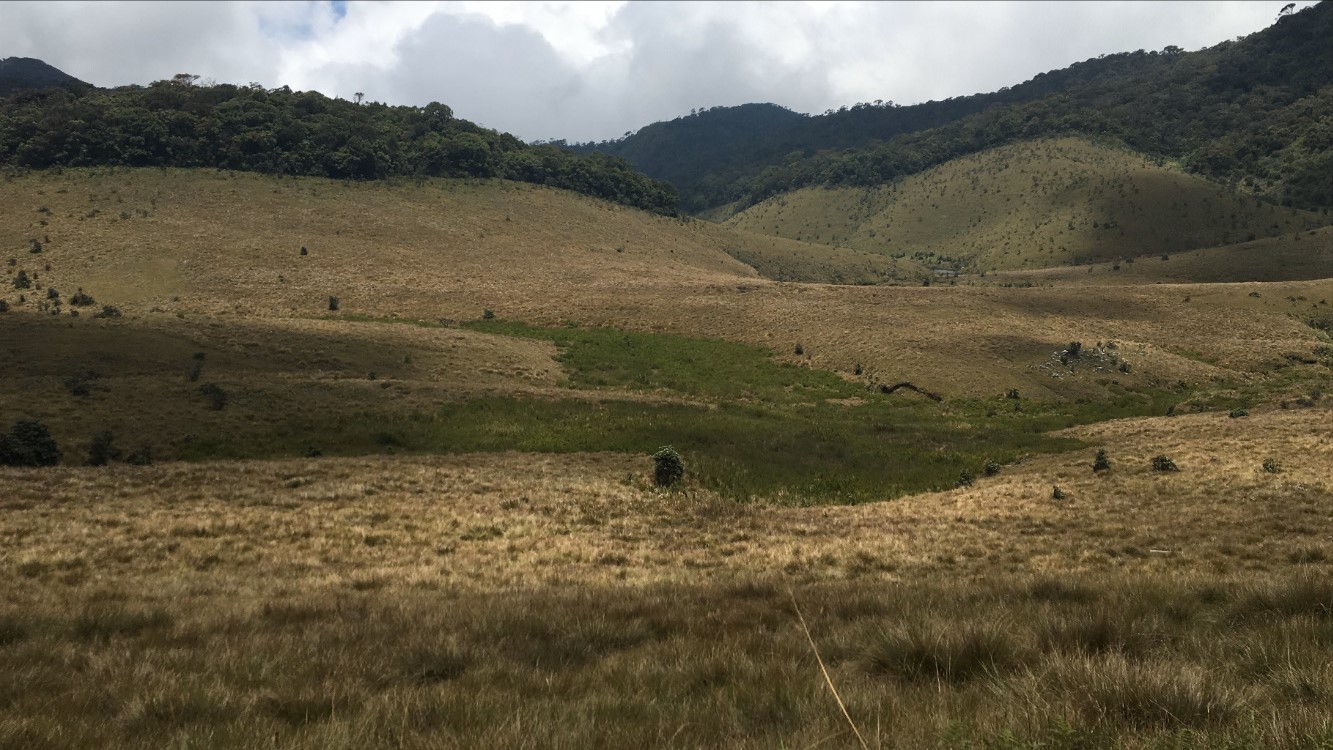|
Kikko Terrace
Kikko Terrace () is a rocky terrace rising to about south-southeast of Cape Hinode, Antarctica. The feature was mapped by the Japanese Antarctic Research Expedition The refers to a series of Japanese Antarctic expeditions for scientific research. The first JARE expedition was launched in 1957 to coordinate with the International Geophysical Year. This was the team which left 15 dogs, including Taro and ... from surveys and air photos obtained 1957–62. The Japanese form of the name, "Kikko-ga-hara" (tortoise shells terrace), and the English form, Kikko Terrace, were given by the Antarctic Place-Names Committee of Japan in 1973. References Plains of Queen Maud Land Prince Olav Coast {{QueenMaudLand-geo-stub ... [...More Info...] [...Related Items...] OR: [Wikipedia] [Google] [Baidu] |
Cape Hinode
Cape Hinode () is a rock cape west of Akebono Glacier on the coast of Queen Maud Land, Antarctica. The cape and many of its nearby features were mapped and named from surveys and air photos by the Japanese Antarctic Research Expedition, 1957–62. The name Hinode-misaki means "sunrise cape". Nearby features Kikko Terrace rises on the coast about to the south-southeast. The Bōhyō Heights overlook the coast east-southeast of Cape Hinode. Penguin Heights is a low, rocky elevation about southwest of the cape. Otome Point sits on the coast about to the southwest. Nearby inland features include Maigo Peak, situated east-southeast of Cape Hinode, and Hinode Peak, to the southwest. A pair of large rocks called the Meoto Rocks lie off the coast just west of Cape Hinode. off the coast of Queen Maud Land, Antarctica. "Meotoiwa" means "husband and wife rocks". Niban Rock Niban Rock () is a rock which protrudes into the sea 8 nautical miles (15 km) southwest of Cape Hinode, o ... [...More Info...] [...Related Items...] OR: [Wikipedia] [Google] [Baidu] |
Japanese Antarctic Research Expedition
The refers to a series of Japanese Antarctic expeditions for scientific research. The first JARE expedition was launched in 1957 to coordinate with the International Geophysical Year. This was the team which left 15 dogs, including Taro and Jiro, behind after an emergency evacuation in February 1958. Expeditions to the Antarctic took place from 1968 to 1977, and ice core An ice core is a core sample that is typically removed from an ice sheet or a high mountain glacier. Since the ice forms from the incremental buildup of annual layers of snow, lower layers are older than upper ones, and an ice core contains ic ...s were drilled on these expeditions, mostly at Mizuho. A later instance was an ecological expedition studying the ecosystems near Showa Station in Antarctica. The project was first undertaken in February 1986. It was associated with the international BIOTAS program, which also launched in 1986. Taxonomical studies of some organisms (particularly plants and ... [...More Info...] [...Related Items...] OR: [Wikipedia] [Google] [Baidu] |
Antarctic Place-Names Committee Of Japan
The Antarctic ( or , American English also or ; commonly ) is a polar region around Earth's South Pole, opposite the Arctic region around the North Pole. The Antarctic comprises the continent of Antarctica, the Kerguelen Plateau and other island territories located on the Antarctic Plate or south of the Antarctic Convergence. The Antarctic region includes the ice shelves, waters, and all the island territories in the Southern Ocean situated south of the Antarctic Convergence, a zone approximately wide varying in latitude seasonally. The region covers some 20 percent of the Southern Hemisphere, of which 5.5 percent (14 million km2) is the surface area of the Antarctica continent itself. All of the land and ice shelves south of 60°S latitude are administered under the Antarctic Treaty System. Biogeographically, the Antarctic realm is one of eight biogeographic realms of Earth's land surface. Geography As defined by the Antarctic Treaty System, the Antarctic r ... [...More Info...] [...Related Items...] OR: [Wikipedia] [Google] [Baidu] |
Plains Of Queen Maud Land
In geography, a plain is a flat expanse of land that generally does not change much in elevation, and is primarily treeless. Plains occur as lowlands along valleys or at the base of mountains, as coastal plains, and as plateaus or uplands. In a valley, a plain is enclosed on two sides, but in other cases a plain may be delineated by a complete or partial ring of hills, by mountains, or by cliffs. Where a geological region contains more than one plain, they may be connected by a pass (sometimes termed a gap). Coastal plains mostly rise from sea level until they run into elevated features such as mountains or plateaus. Plains are one of the major landforms on earth, where they are present on all continents, and cover more than one-third of the world's land area. Plains can be formed from flowing lava; from deposition of sediment by water, ice, or wind; or formed by erosion by the agents from hills and mountains. Biomes on plains include grassland ( temperate or subtr ... [...More Info...] [...Related Items...] OR: [Wikipedia] [Google] [Baidu] |


